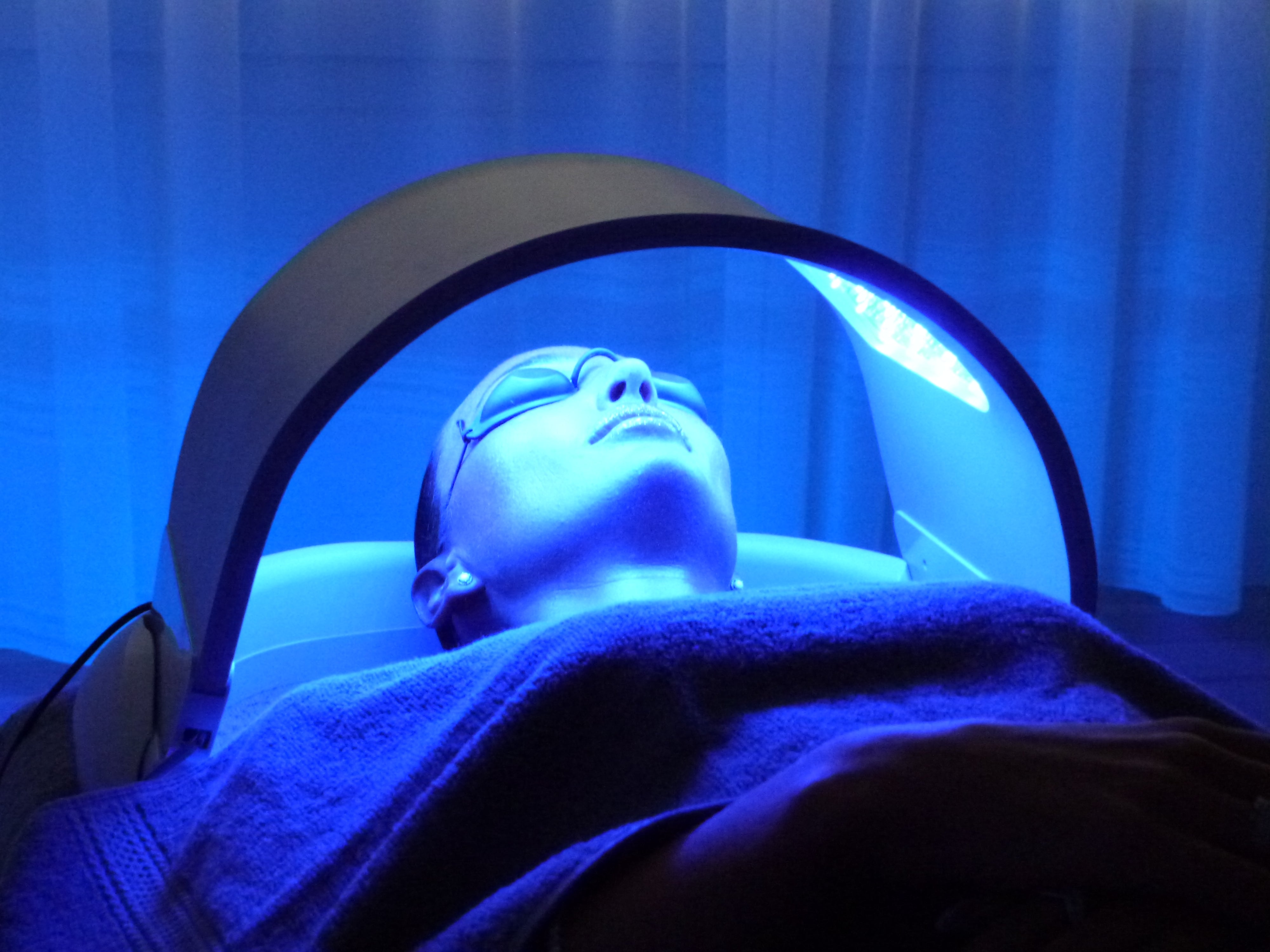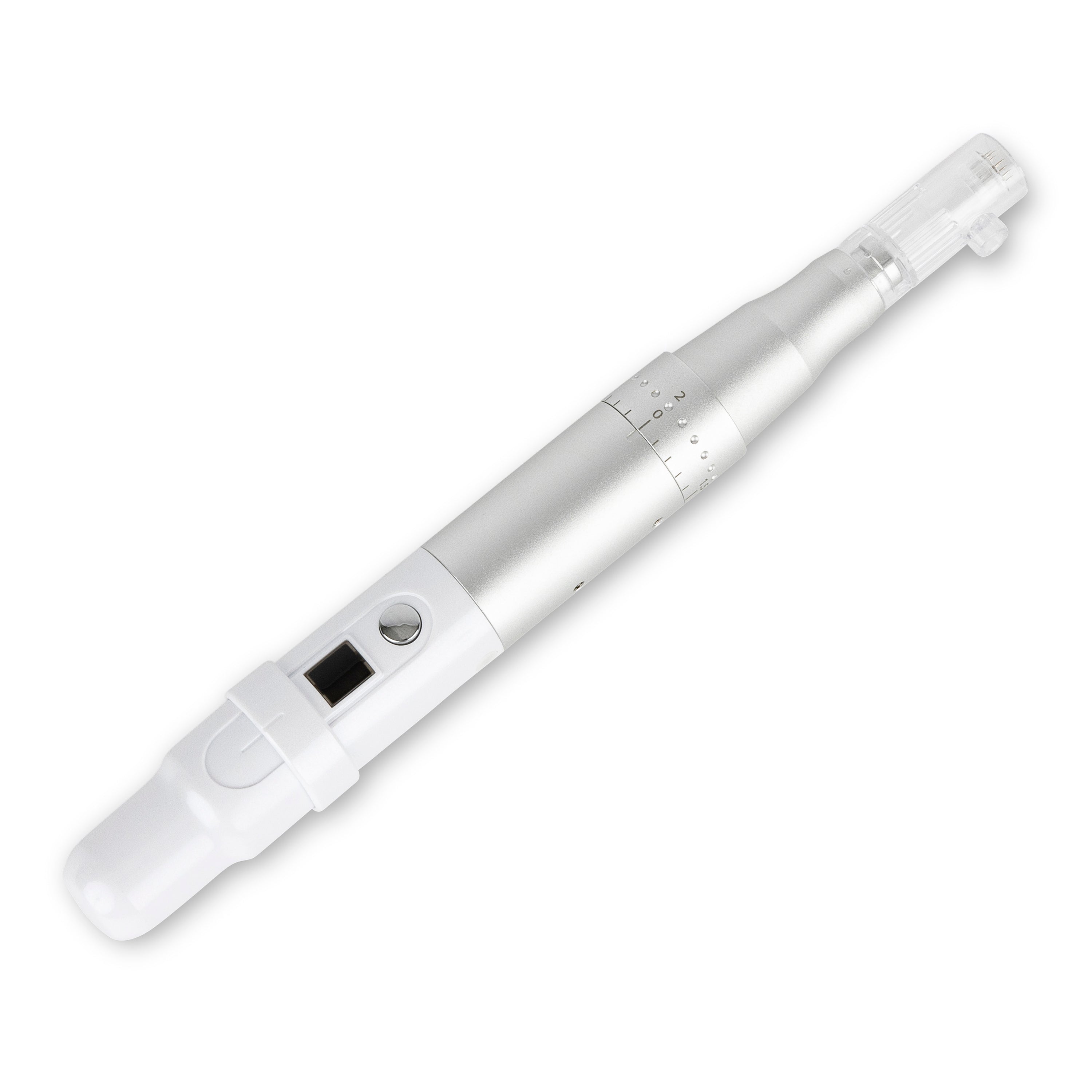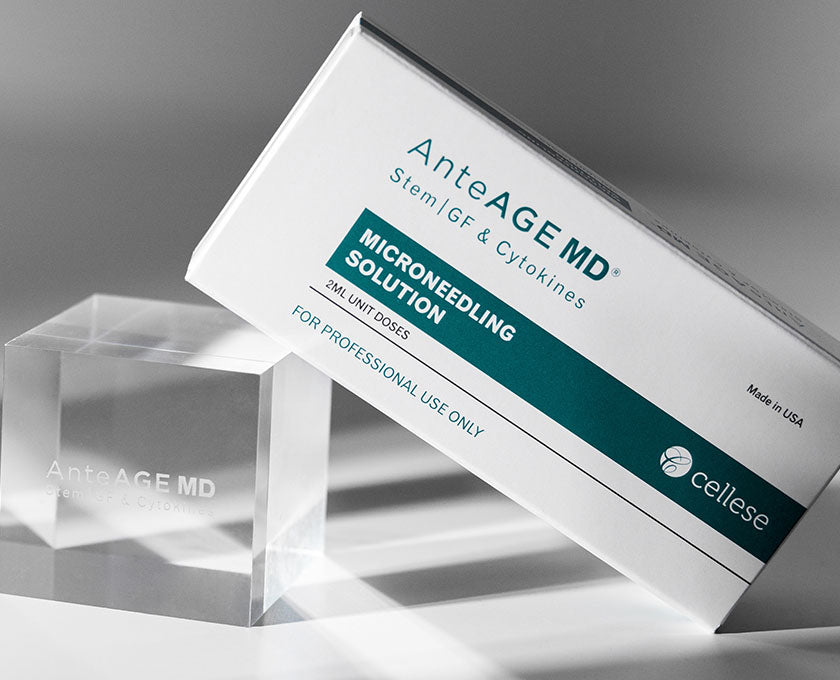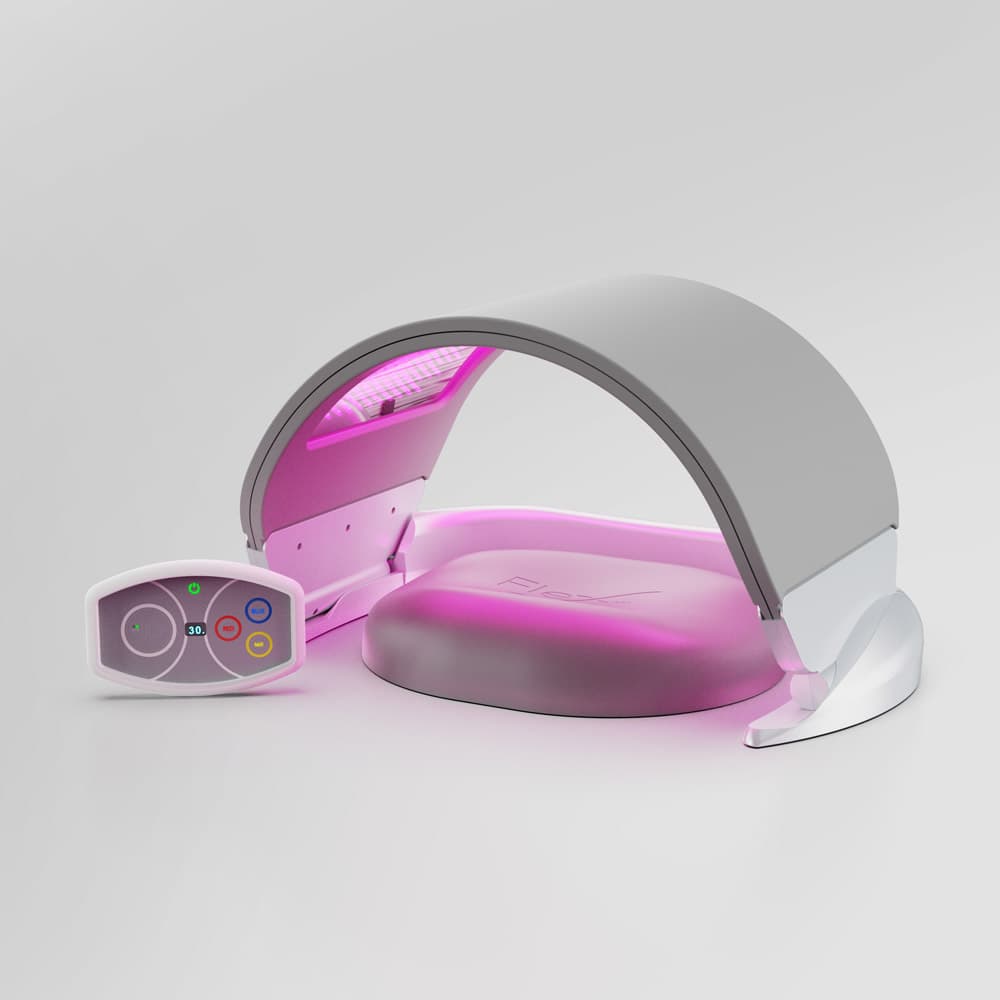
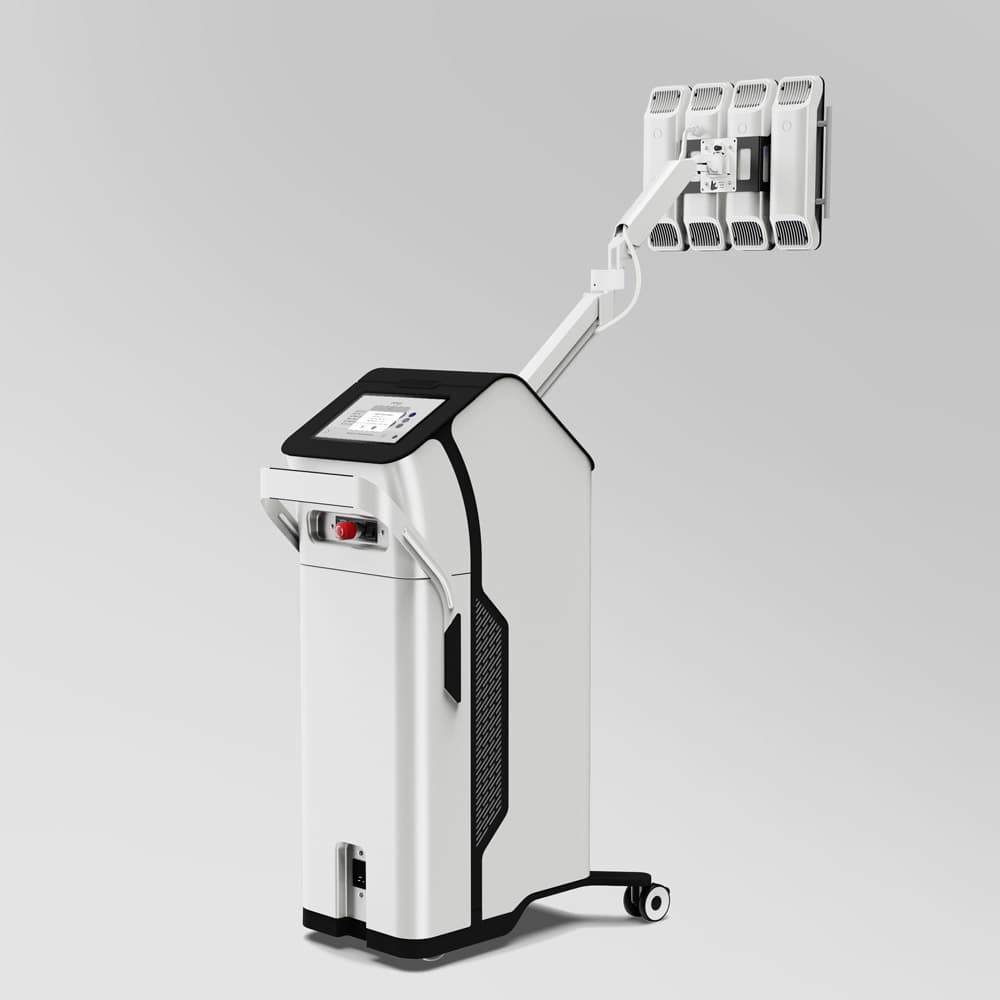
Real People, Unreal Results
Discover the powerful benefits patients are seeing from Dermalux phototherapy.
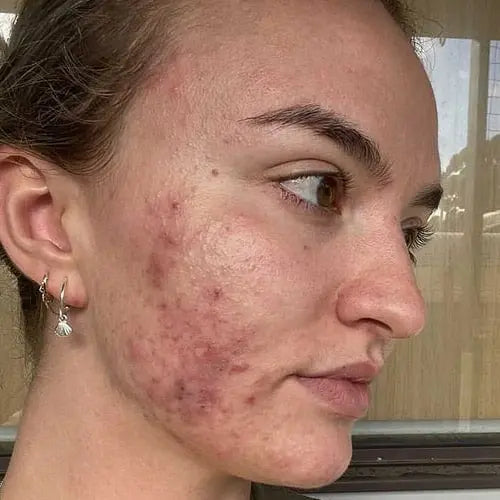
Before
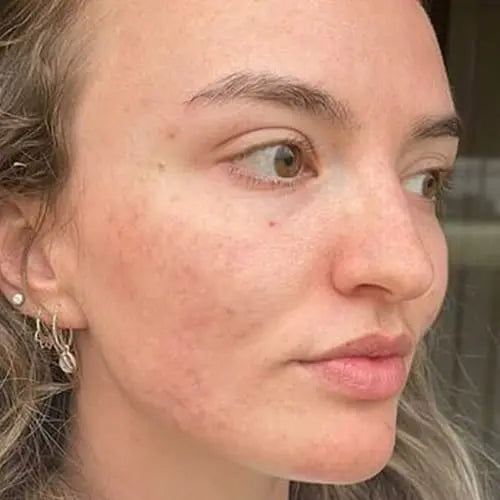
After
For Acne 10 Treatments over 15 Weeks
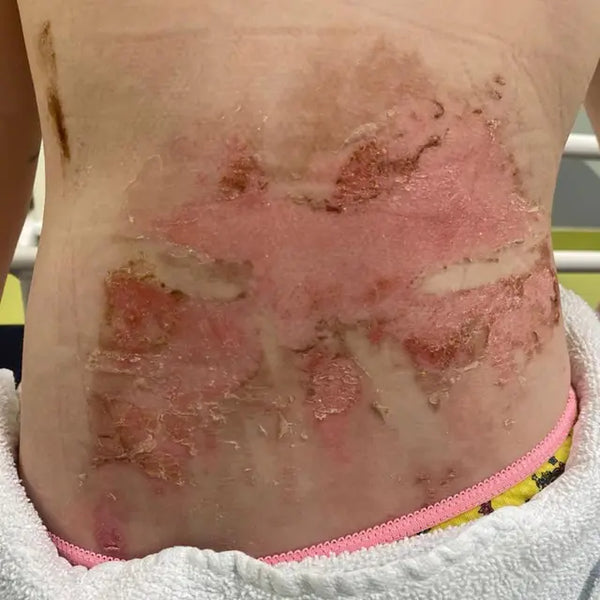
Before
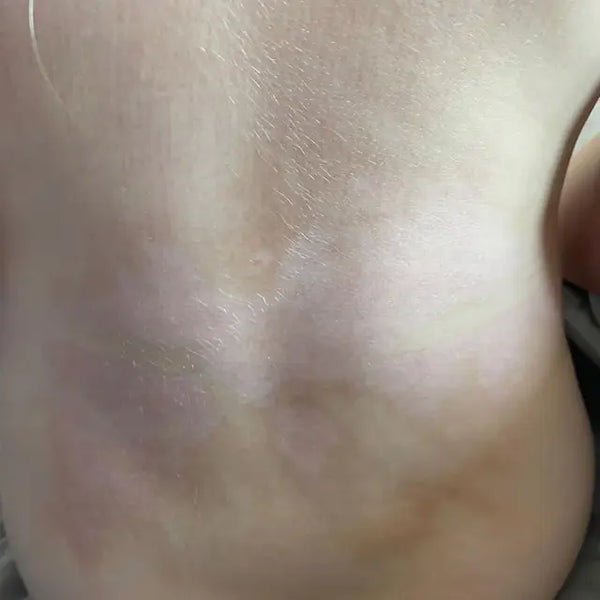
After
For Healing 16 Treatments over 8 Weeks

Before
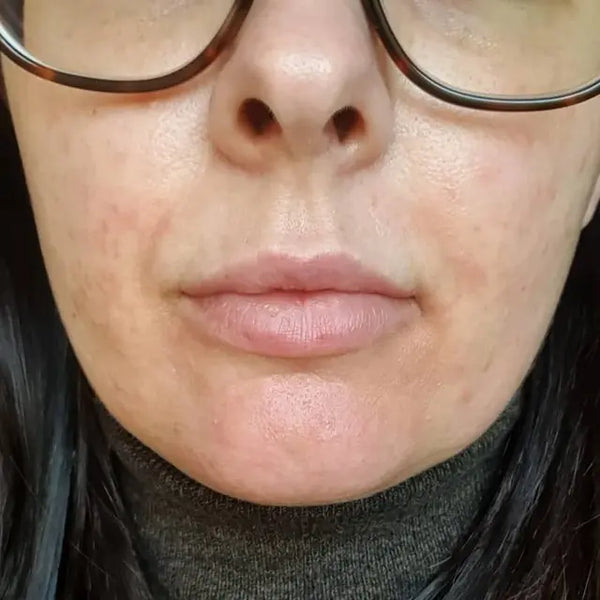
After
For Problem Skin 3 Treatments over 3 Weeks
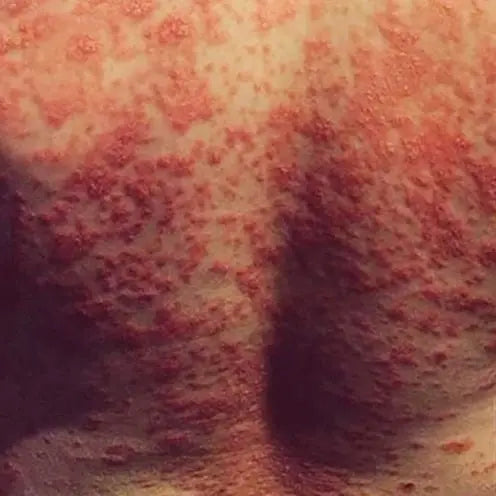
Before
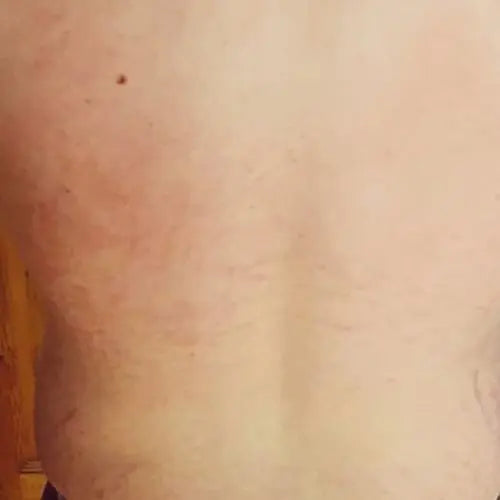
After
For Psoriasis 13 Treatments over 3 Weeks
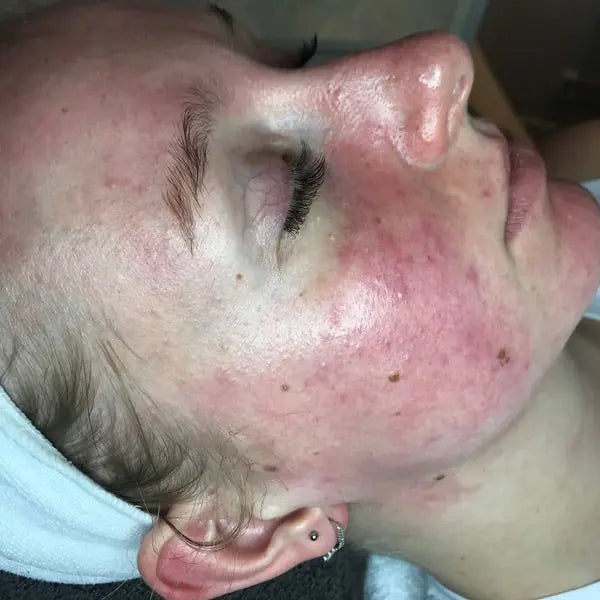
Before
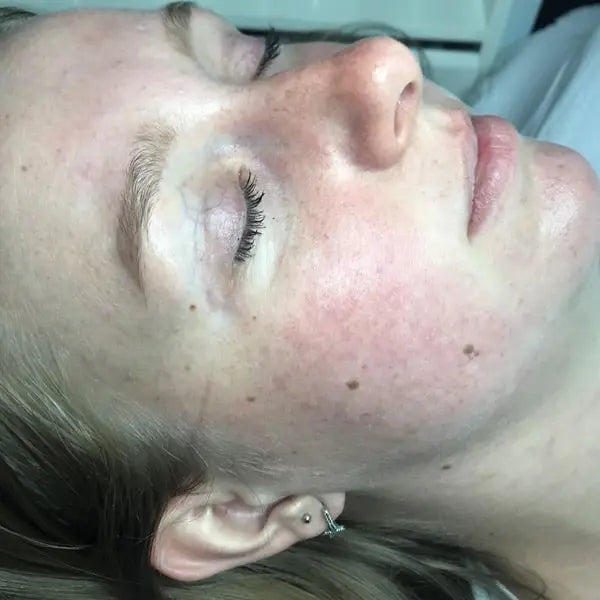
After
For Redness 10 Treatments over 3 Weeks
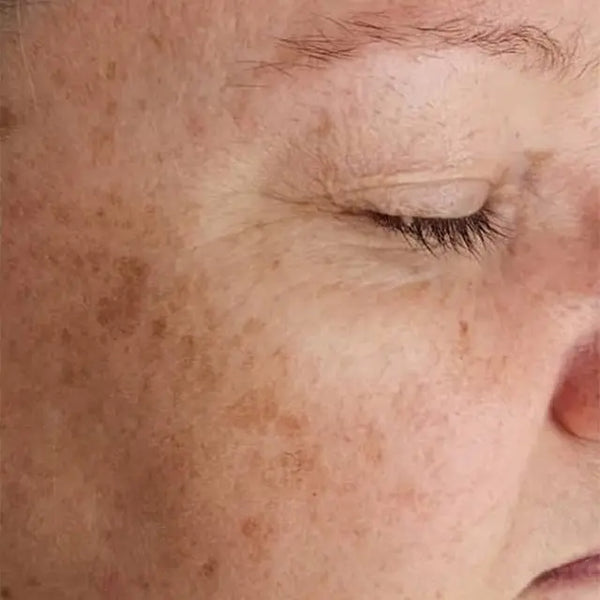
Before
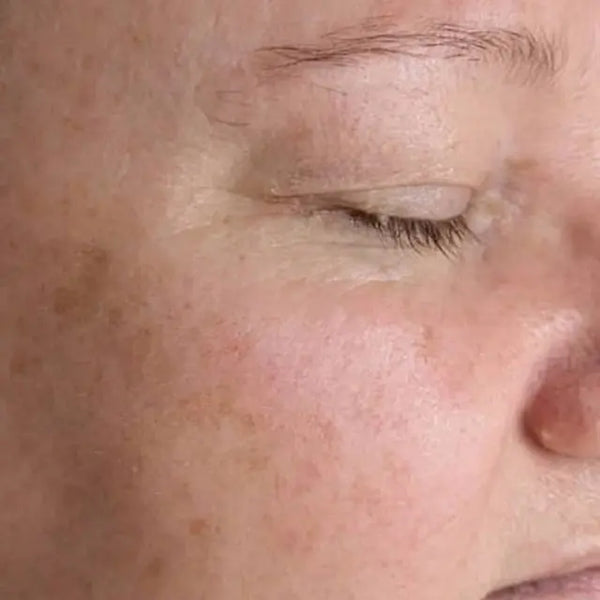
After
For Rejuvenation 12 Treatments over 12 Weeks
Keri W • The Secret Beauty Company
"Everything with Dermalux is just exceptional. The service, the professionalism, communication, literally everything, I literally can’t find any faults. I am in love with my Dermalux products."
Dr. Sabika Karim • Skin Medical
"Patients love it because they leave not only looking great but feeling fantastic."
Kate Monteith- Ross • The Clinic by LA Ross
"In my opinion, in a few years’ time, having a Dermalux device in every clinic will be a necessity and not a choice. It’s not a matter of if, but when."
Create an Account
Get approved in seconds with our AI-enabled account validation process.
FAQ's
Get your questions about Dermalux phototherapy answered. Please feel free to contact us with any additional questions.

